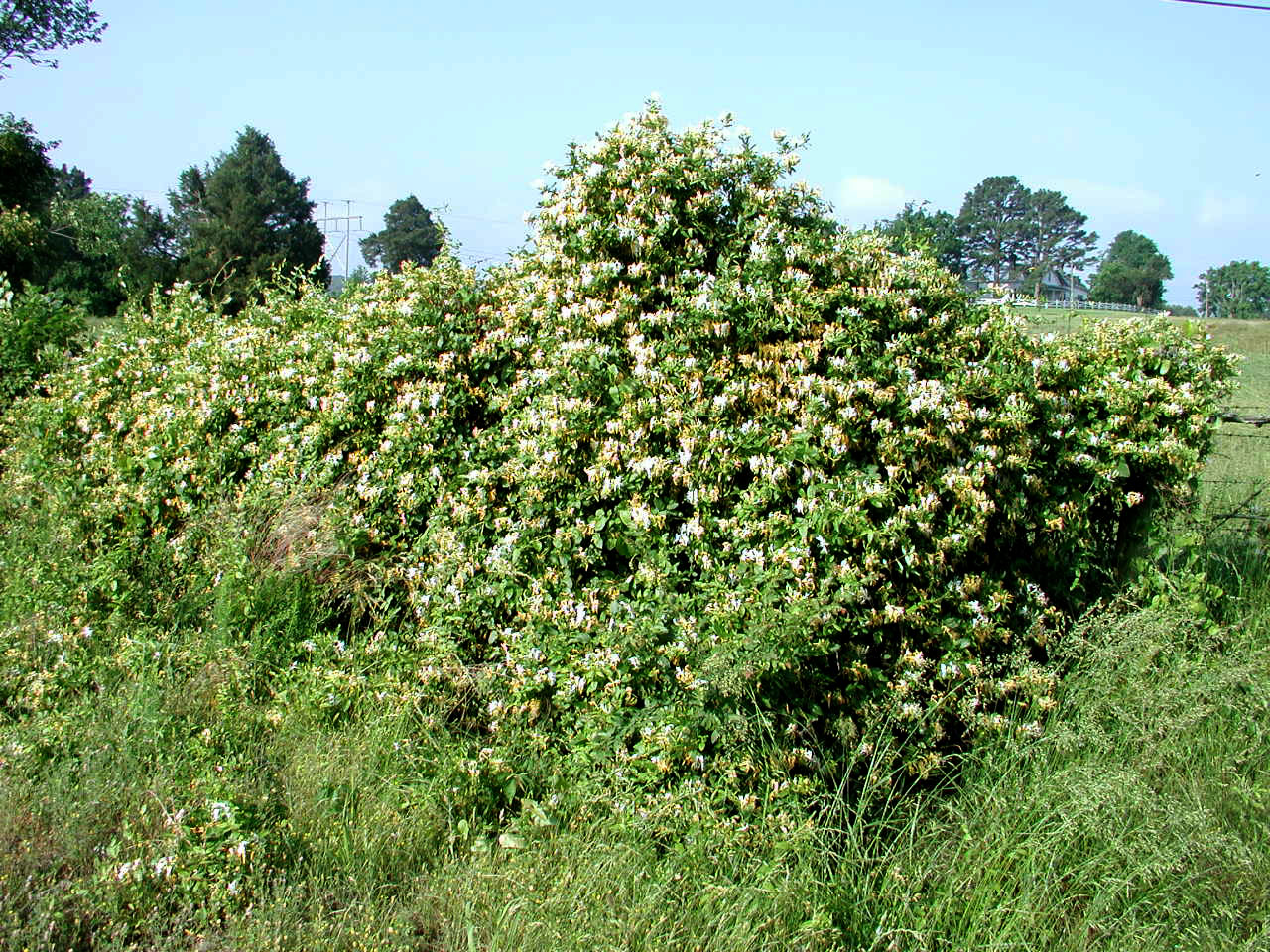Extinction and Technological Advancement Compared
Contact
University of Arkansas System Division of Agriculture
Cooperative Extension Service
2301 S. University Ave.
Little Rock, AR 72204

Extinction and Technological Advancement Compared
I’m a bit obsessed with my van-build project, especially since my new van spent five weeks sitting at the dealership awaiting a software rewrite that never came. I finally retrieved it after figuring out a workaround that would allow me to drive it with the annoying glitch (the engine would not die when the magic button was pushed). This got me thinking about the similarities between species extinction and the downside of too much technology.
Extinction is a part of the natural order of life. More than 99 percent of all the species that ever existed are now extinct, so it happens. According to experts in the field, the rate of extinction is increasing in this new geological age, what scientists are calling the Meghalayan Age. They have calculated it started about 4,250 years ago when the entire planet was visited by a mega drought. Interestingly, in this same period, mankind figured out how to smelt the first alloy, bronze, and began a period of rapid technological advancements.
Naturalists are overwrought about invasive species and how they are pushing fragile species toward extinction. Japanese honeysuckle is a good example. This sprawling plant was introduced into the United States just before the Civil War as an ornamental. It has the sweet fragrance of honeysuckle, but it also produces a delectable black berry that birds love. Our native red trumpet honeysuckle also has beautiful and fragrant flowers but it is just plodding along while Japanese honeysuckle is found growing wild all across the eastern states. Why?
Japanese honeysuckle works harder and is a generalist. It begins growing about a month earlier than our native honeysuckle and it grows about a month later, making it outcompete the trumpet honeysuckle. As a generalist, all the foraging butterflies and bees pollinate it and all the birds seemingly love its berries. And it is not the least bit picky about where it grows; sun or shade, wet or dry, acid or alkaline. No matter, it’s a generalist.
In the struggle for existence, tough, adaptable generalists usually win the day. While species adapted to narrow, specific environmental niches are treasured because of their uniqueness, they are also very vulnerable to change. The change can be a major disruption in weather patterns or something manmade like cutting down old-growth forests so cavity-nesting birds suddenly find themselves homeless. The more narrow the environmental niche, the more vulnerable the species is to extinction.
Technology too has characteristics that make it more or less adaptable. Tractors have been around for a long time. My grandfather was an engineer, not on the railroad but he ran one of the old steam tractors on the wheat fields of western Oklahoma that were adapted from railroad locomotives. A bit over a century ago combustion engines were the new technology and they displaced steam. During the century we went from tractors anyone could work on to uber-expensive and complicated machines that lose their warranty unless a certified technician does the work.
Having technology reliant on computers and complicated algorithms allow some amazing things to be done in the realm of precision agriculture, but it comes with a cost. The equipment has made the transition from “generalist” to “specialist” and it can only work under a narrow band of conditions and it must be supported in a narrow environmental niche. If no certified technician is available, the tractor doesn’t work.
As large farm tractors designed for the age of precision agriculture have advanced, a funny thing has happened with the old, obsolete tractors. They have actually gained value and farmers are buying them up because they like equipment they understand and can work on.
As technology takes its next great leap - incorporating artificial intelligence into everything we do — we need to think about this balance between simple and complex. Perhaps in a world where the professed goal is sustainability, maybe a shift towards simpler approaches and simpler pieces of technology makes sense. Do we really need the refrigerator knowing how old the jug of milk is and emailing the store to send out a fresh supply? Sure, it’s fun and interesting, but how long will this fragile system work before it is scrapped in favor of the next new, bright idea?
